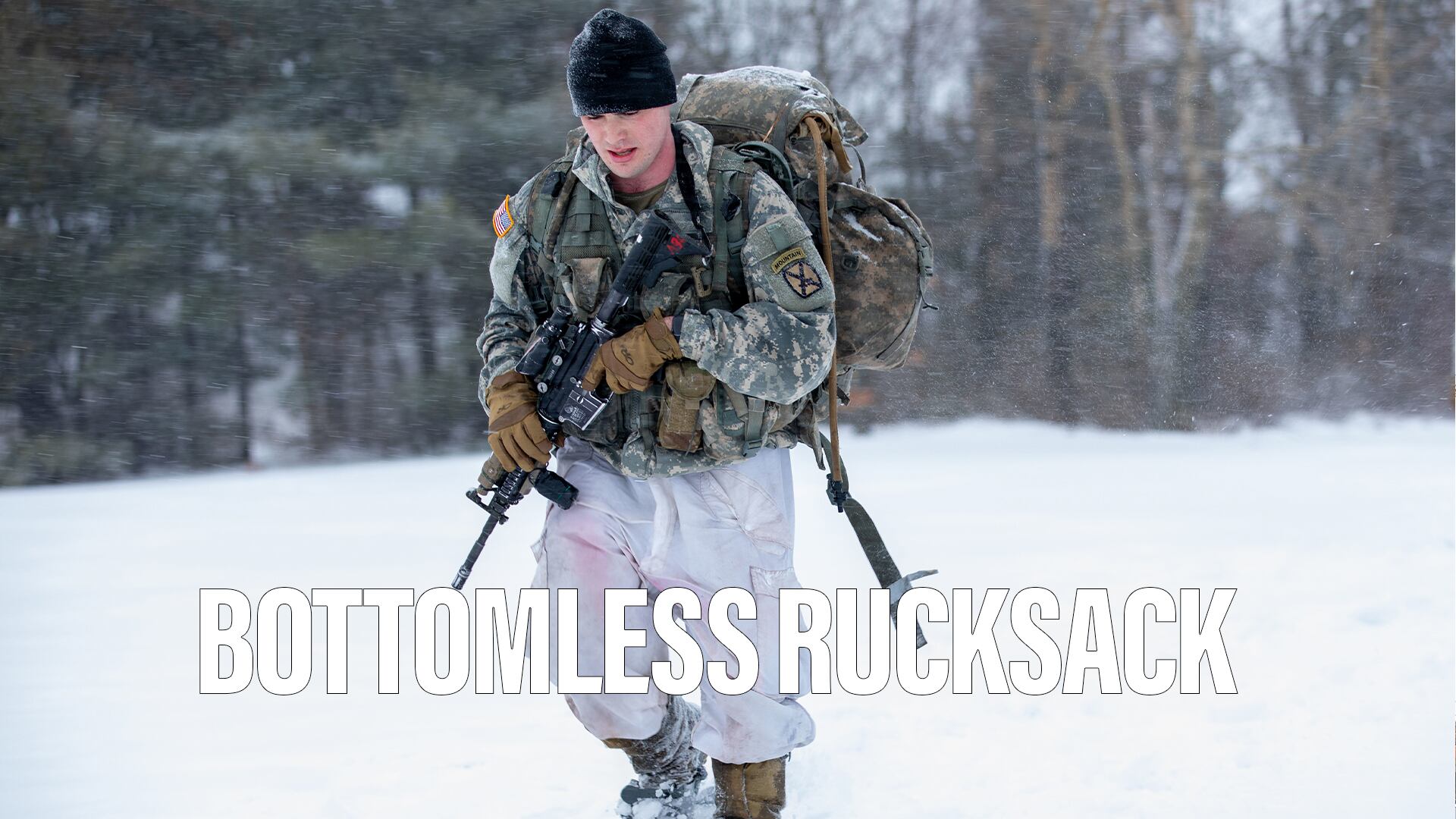ROME — The Italian F-35A that made history by becoming the first of its type to cross the Atlantic this month teamed with an Italian Eurofighter flying as its chase aircraft for the journey, said Italian officials who gave a detailed account of how the flight was put together.
Defense officials in Rome discussed the flight with Defense News after the F-35 flew from its assembly line at Cameri airbase in Italy to the Azores before crossing the Atlantic to Naval Air Station Patuxent River in Maryland, a trip that used an all-Italian line-up of tankers, search-and-rescue and chase aircraft.
Now the aircraft, AL-1, will head for Luke Air Force Base in Arizona, the first of five F-35s that Italy is rolling off its assembly line to contribute toward pilot training in the US.
"There are a lot of aircraft flying at Luke, but what amazed people there is that the first Atlantic flight was organized and led by Italy using Italian assets," one official said.
Before the flight, the Italian F-35 — which is the first to be assembled at the Cameri line — undertook training flights in Italy involving hook-ups with an Italian 767 tanker that had earned its certification for refueling F-35s thanks to practice at Edwards Air Force Base last summer.
Italian Eurofighters also worked with the aircraft as chase aircraft out of Cameri, meaning they monitored the safety of the F-35 in flight.
Then, On Feb. 3, the F-35 left Cameri and headed for Lajes Field in the Azores in the Atlantic. Over Sardinia it joined two 767s flying from Pratica di Mare, two Eurofighters from Grosseto Air Base and two C-130Js from Pisa Air Base, each of the latter fitted out in ocean search-and-rescue configuration with two inflatables on board.
With flight coordination handled by NATO controllers in Ramstein, Germany, the F-35 and the Eurofighters refueled three times during the 2,105 nautical mile first leg flight to the Azores.
While one of the Eurofighters, which served as a spare chase aircraft, stayed put in the Azores, the remaining aircraft made plans to leave the next day, but were held up for 24 hours by bad weather over the alternate airstrips in Canada and Greenland envisaged for emergency landings during the trip to Patuxent River.
"That was a no-go so we needed to wait," said an official.
Italy has two trained-up F-35 pilots, both of whom belong to the Air Force's experimental flight unit, and while one flew AL-1 the second took the back seat in the two-seater Eurofighter flying chase, officials said.
During the 2,442 nautical mile flight to the US, the aircraft flew in a corridor 10-12 miles wide by 3,000 feet while the two slower C-130Js took up positions along the route, so either would be nearby if a pilot went down.
Despite strong turbulence, the F-35 refueled four times and the Eurofighter five times, often enough to mean that if a refueling appointment was canceled, the aircraft still had enough fuel to make it to an alternate airstrip.
Italian pilots familiar with the 767 said the fixed boom extending from the center line which is used to refuel the F-35 is easier to line up in turbulence than the hose and drogue system, which extends from the wings of the aircraft to refuel the Eurofighter.
Any movement of the 767 is accentuated at the wing tips, meaning the hose and drogue is subject to greater movement in turbulence than the relatively stable boom on the center line.
An hour before the F-35 was due to land at Patuxent River, the Eurofighter and one of the tankers headed to Pease Air National Guard Base in New Hampshire, to await six other Italian Eurofighters before flying to join the US Red Flag exercise.
"We took advantage of the Red Flag deployment to use the Eurofighter as the chase aircraft for the F-35 said the official.
At Patuxent River, the F-35 will undergo electromagnetic tests that will act as electromagnetic certification for the other F-35s due to start rolling off the Italian assembly line. The second example in Cameri is now flying, officials said, and the first five off the line will all head for Luke Air Base for training, before the sixth goes to Amendola Air Base in Italy where the Air Force is basing its F-35s.
American-built F-35s were due to cross the Atlantic two years ago, but only for a grounding of the fleet to halted plans. Aircraft will this summer will fly to the Farnborough International Air Show, but the first transatlantic crossing has now been made the Italians.
"There was a lot of pride on our part," said the official.
Email: tkington@defensenews.com
Tom Kington is the Italy correspondent for Defense News.








